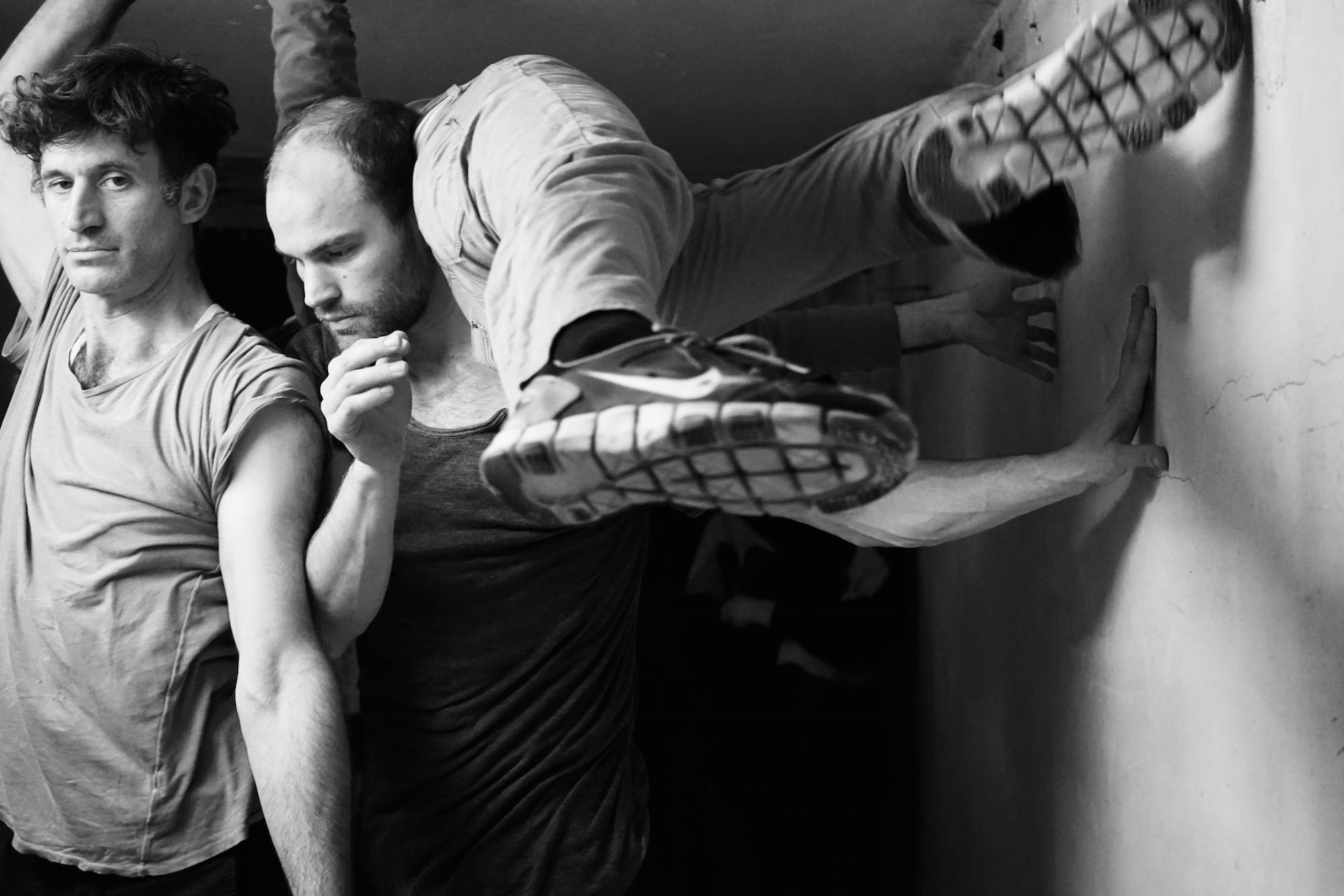Due to whatever reasons (that I do not wish to go into), English is the dominant language of communication within the arts in Europe. Maybe this is only true for dance and performance. I have more exposure to that world than the worlds of painting, sculpture, etc. (I do not want to say visual art as dance, too, is a visual art).
The English used in the dance art world is slowly evolving to become another dialect. It is neither the bastard English of the United States or the proper Queen’s English of the United Kingdom. It is becoming its own thing developed by the collective use of non-native speakers and ex-pats.
I became aware, or perhaps more aware, of European English after seeing a performance at HAU 3 in Berlin this past May. The piece was Pulling Strings by Eva Meyer-Keller. It is quite an intricate piece, a feat of organization. Quotidian objects are raised, lowered, and activated, sometimes to comical effects. My favorite moment was the spinning push-broom. But I digress.
What caught my mind(eye) was the title – Pulling Strings. Yes, that is literally what she and her collaborator did. They pulled strings to activate the objects. But the phrase pulling strings has a nefarious, manipulative aspect to it. The phrase conjures up back room political machinations. I did not see how the piece connected to such an idea. The description on her website gave no indication that the piece was related to the manipulative meaning of the phrase. As far as I could tell, Keller was not dealing with that meaning of the phrase, just the literal one.
The use of the phrase pulling strings, in a way, has become pure meaning, a literal phrase. Does this mean, then, that people who do know that meaning or use of the phrase are saddled with extra context, context or meaning that has nothing to do with the piece?
Another student, who is French, in the SODA program did a piece in which she used several phrases with the word white and several kinds of animals – white rabbit, white horse. I can’t think of other ones at the moment. She was unaware of the white rabbit of Alice in Wonderland or in the Jefferson Airplane song(also the same rabbit), White Rabbit. Whenever I hear the phrase white horse I think of that great song by Laid Back, White Horse. They’re Danish, by the way.
My larger question is when a language is used by a non-native speaker how aware of the idioms and cultural context of that language should s/he be? Can the artist ignore all that and use the language as a context-free tool for expression? I would think that in a scene that is obsessed with context and dramaturgy, artists would have a greater concern for the use of language.
Or has all context been removed from English in continental Europe?
